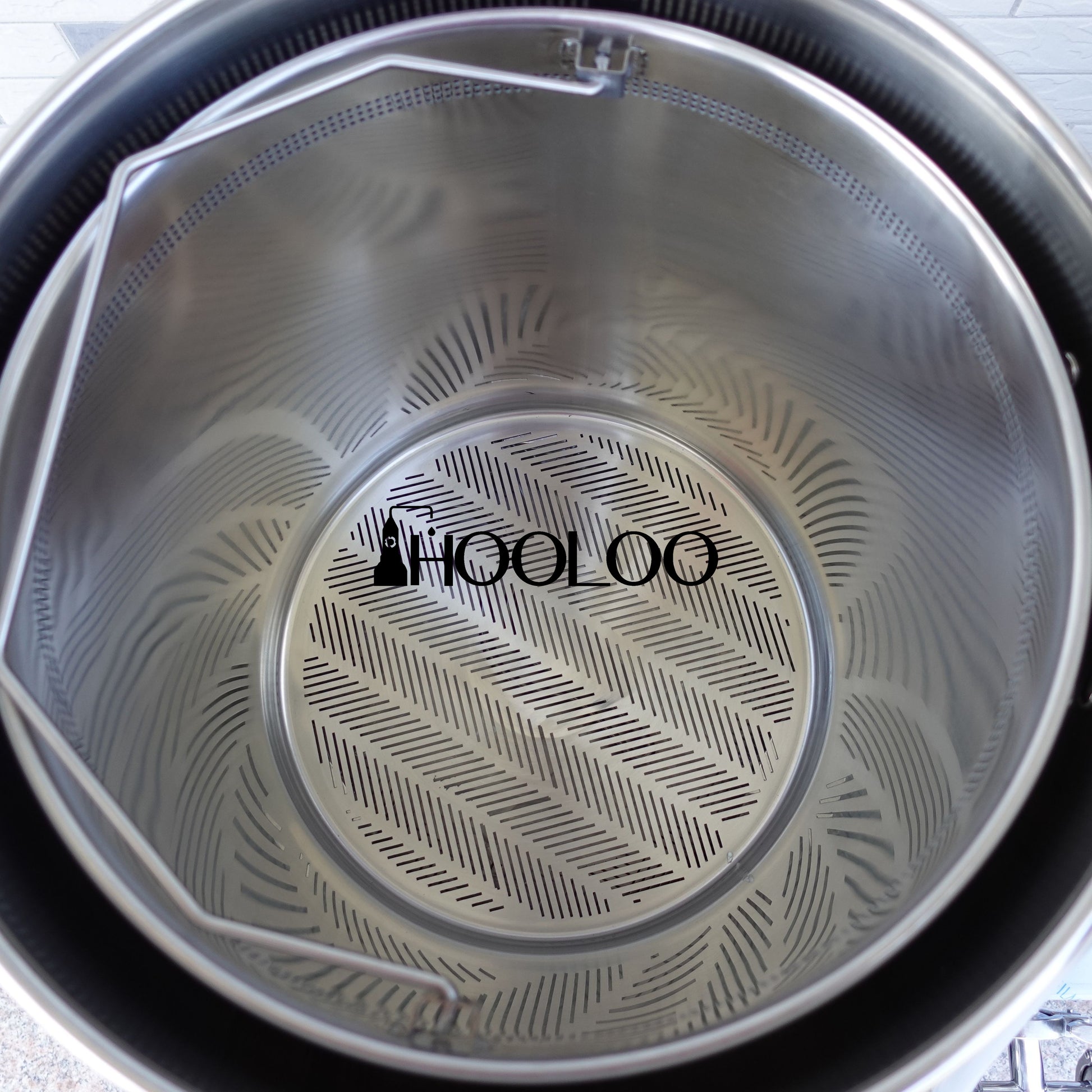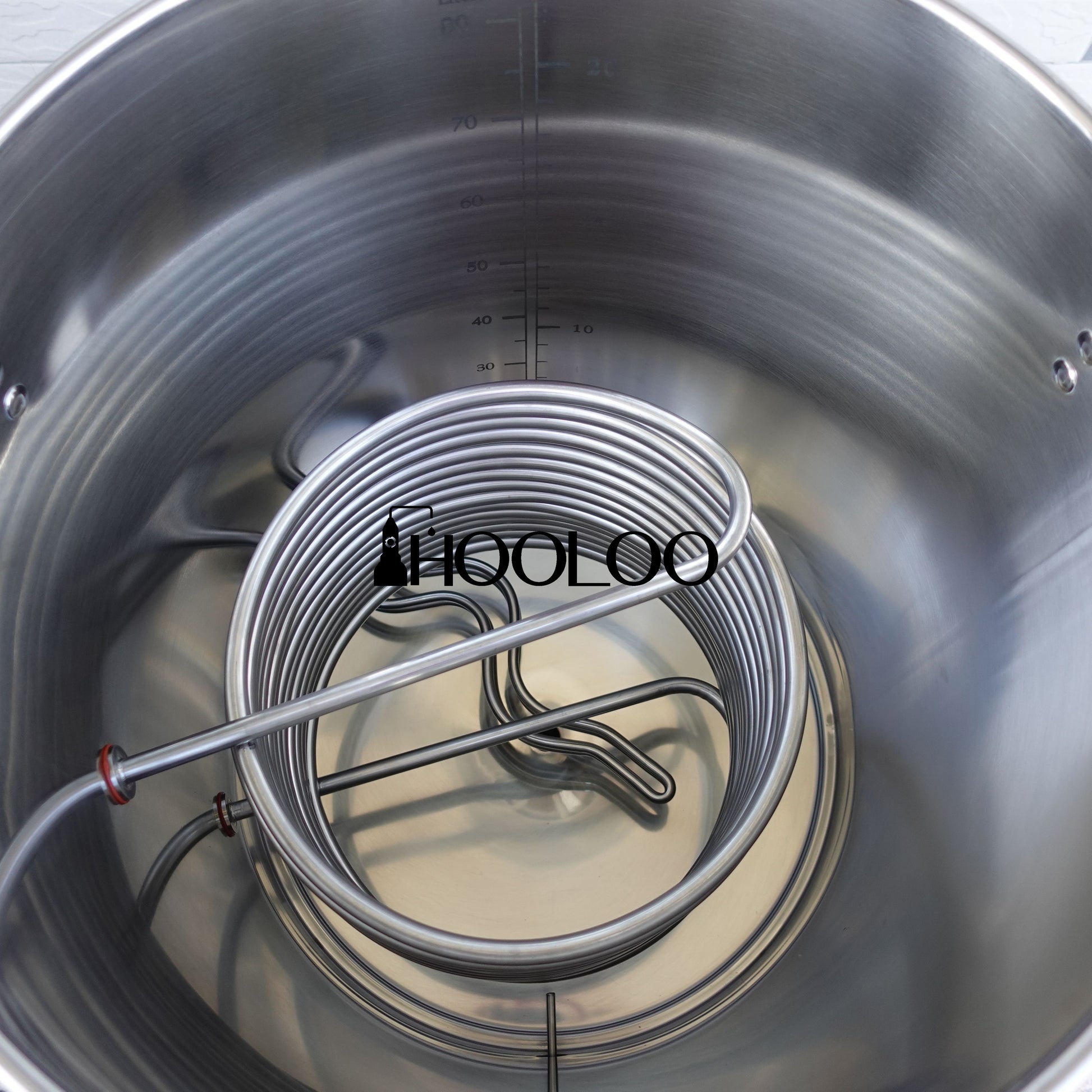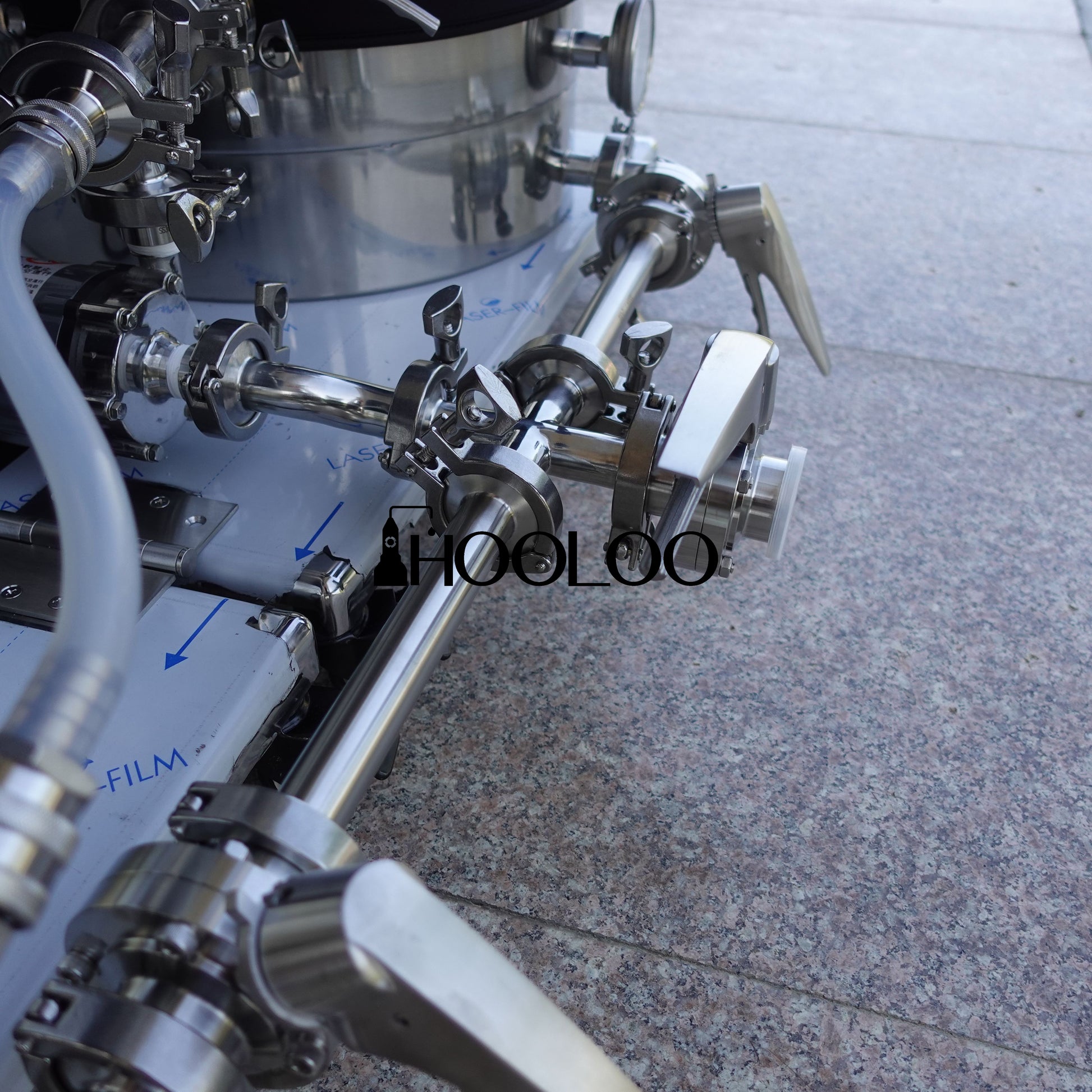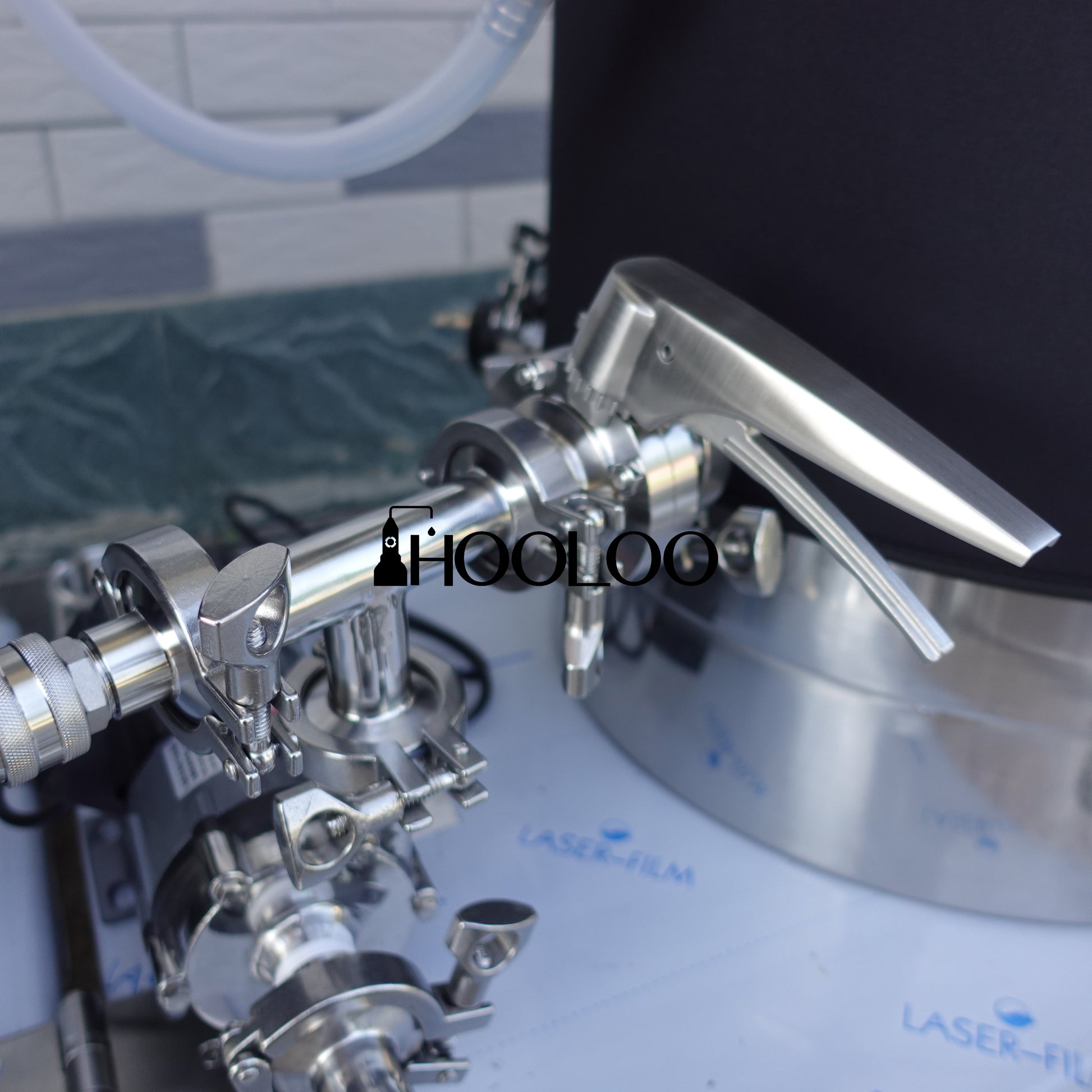Double Barrel Heat Exchange Cycle Saccharification System Mash Tun 304L Stainless steel For Beer/Whiskey(FOB Price)
Regular price
$1,339.00 USD
Sale price
$1,339.00 USD
Regular price
-
Estimated Delivery(Non customized):Nov 30 - Dec 04
-
Free Shipping: Distillers and accessories below 100L/26Gal
The following content is the details page.
The content may overlap with the main image.
Product description
Shipping & Return
304L Stainless steel Double Barrel Heat Exchange Cycle Saccharification System Mash Tun For Beer/Whiskey
-
Preferred food grade 304 stainless steel material, sturdy and durable, with a wall thickness of 3mm -
The internal and external mirror surfaces, coupled with meticulously crafted cold-drawn pipe openings, not only contribute to a visually stunning appearance but also underscore the attention to detail and quality craftsmanship invested in the design.








